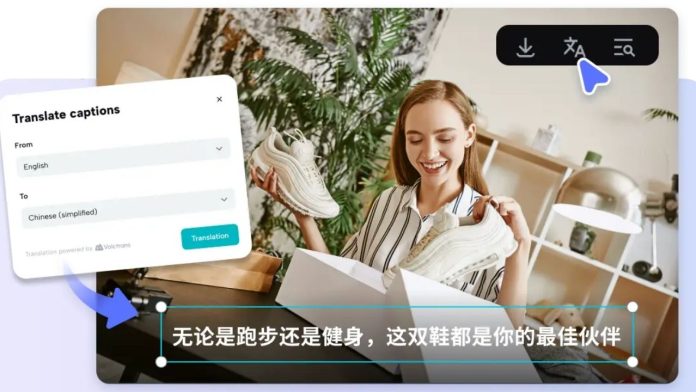Learning can be done through training and tutorial videos. They impart new skills, clarify concepts, and pass knowledge in simple terms. However, a lot of these videos are English only. This renders it difficult to comprehend and learn for people in other nations. Lessons can be made available to a far greater audience and transcribe english to chinese. AI software such as Pippit can accelerate and simplify this process, allowing brands, schools, and creators to distribute their content to more individuals across the globe.
The Role of Language in Learning
Understanding is the key to language. An English video can be understandable to some, but confusing to others who are not good at English. The inclusion of Chinese text or subtitles can break that barrier. When the viewers read and listen in their native language, they comprehend more and learn quicker. This enhances training and tutorials to be more effective for a larger audience.
The Role of Pippit in Transcription
Pippit provides an easy method of transcribing and translating videos. An English training or tutorial video can be uploaded, and Pippit will automatically generate Chinese subtitles or narration. It also possesses video re-framing tools for local platforms, such as RedNote, which are popular in China. This assists creators in reusing their already created English videos to a new audience without additional editing expertise. The features of Pippit allow reaching more learners with less effort.
Training and Tutorial Benefits
There are numerous advantages of transcribing videos into Chinese. In training, it helps workers and students in China comprehend lessons. The result is improved competencies, reduced errors, and improved performance. In the case of tutorials, it enables the learners in China to follow the steps easily. Regardless of whether the video is on technology, business, or creative skills, Chinese subtitles enable learners to relate to the content. Brands and educators that post videos in multiple languages also create a stronger trust with their international audience.
Inclusive Learning
Inclusive learning is the most powerful. Creators can provide knowledge to millions of people by offering it in both Chinese and English. This is especially important in an international economy where skills have to be shared across countries. A video that used to be effective only to English speakers can now educate both English and Chinese speakers equally well. This renders education more equitable and open.
Easy Steps to Begin
Production of bilingual videos can be divided into easy steps. To begin with, post the English training or tutorial video. Then, write down the verbal words. Next, convert that text to Chinese. Once translated, insert it in the video as subtitles or voiceover. Lastly, export the completed video and share it on different platforms. These steps are fast and do not need much or any technical expertise with AI tools such as Pippit.
Conclusion
The modern world values training and tutorial videos as a method of learning. However, when they are in English alone, a lot of people are excluded. The translation of these videos into Chinese will enable learning for the world. Subtitles, translations, and even voiceovers in Chinese can be added with the help of such tools as Pippit. This assists brands, schools, and creators in imparting knowledge to millions of additional learners. Videos can be used to connect the world by eliminating the language barrier that makes education easy, clear, and accessible to everyone.















